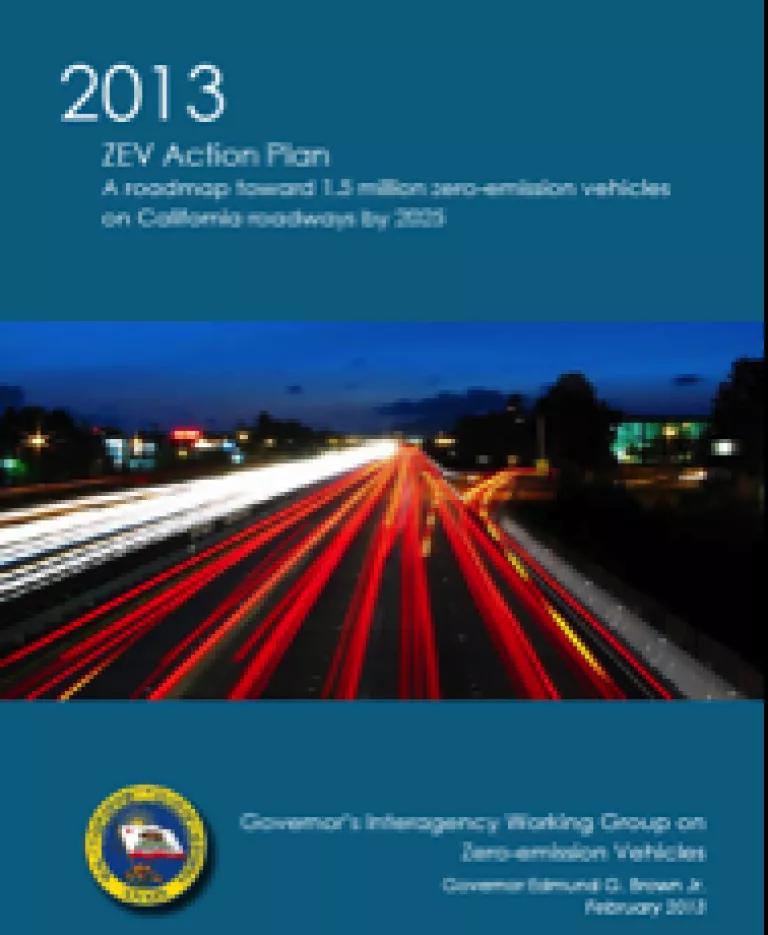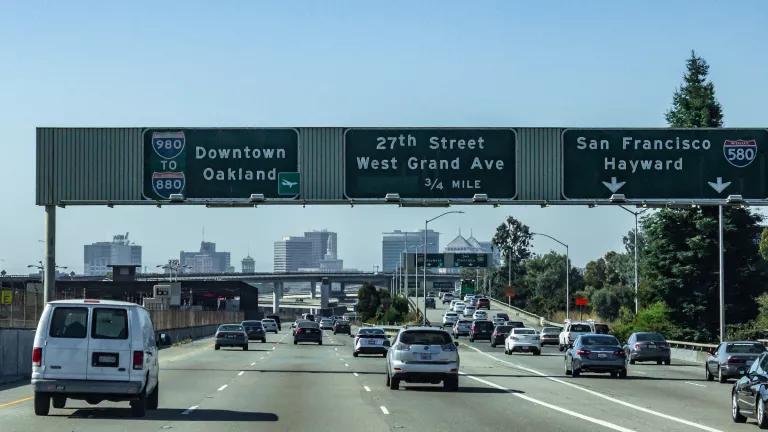Governor Jerry Brown today released a “Zero Emission Vehicle Action Plan,” representing the nation’s most comprehensive effort by a state to accelerate the deployment of plug-in electric vehicles. Along with his announcement came the news that UPS took delivery of 100 electric trucks built in Stockton, California.
Together, these actions will cut carbon pollution in the transportation sector, helping industry meet the goals set by California’s Low Carbon Fuel Standard. In addition, the Zero Emission Vehicle Action Plan will give consumers the chance to drive on cleaner fuels, such as electricity, which is the cost equivalent of dollar-per-gallon gasoline.

UPS operates a fleet of over 93,000 vehicles. When the price of oil goes through the roof every time there’s violence in the Middle East or a hurricane in the Gulf of Mexico, the additional cost is passed on to customers via fuel surcharges. Getting off petroleum fuels isn’t just good for UPS shareholders, it’s good for anyone who likes receiving packages from the folks in those signature brown shorts.
The 100 “walk-in” electric trucks Electric Vehicles International built in California (like the one shown above) and delivered to UPS comprise the largest electric truck fleet in the country today, but I expect that will soon change. Electric drive offers a number of advantages that parcel services will find attractive. Trucks managed by such fleet operators can be optimized to charge overnight on lower cost electricity and complete predictable delivery routes well within the range provided by today’s battery technology. Even better, they require less maintenance because electric powertrains are significantly simpler, and provide consistent and predictable fuel savings relative to gasoline.
The governor also delivered today, releasing a document that lays down a clear path to achieve the directives included in his executive order issued last March, which set a goal of putting 1.5 million zero emission vehicles on California’s roads by 2025. This roadmap reflects the best thinking of all the relevant players, including automakers, electric utilities, infrastructure providers, and public and environmental health advocates. The plan includes four principal goals: completing the deployment of public and workplace charging stations, expanding consumer awareness and demand, transforming corporate and government vehicle fleets, and growing jobs and investment in the sector.
But it’s more than a set of lofty goals: it’s a to-do list with deadlines and strategies for all of the relevant state agencies that will set the policy agenda for years to come.
The plan places California firmly on a path to cut emissions to a level science dictates is necessary to prevent the worst effects of climate change, and to capture the economic benefits of getting off oil. Recent research conducted by UC Berkeley economists and the California Electric Transportation Coalition reveals that putting the state on that path and putting gas money back into its citizens’ pockets would help grow California’s economy and create tens of thousands of new jobs. They found that a dollar not spent at the pump is redirected toward the rest of the economy, creating 16 times more jobs than a dollar spent on gasoline.
Accelerating the deployment of zero emission vehicles is also key to reducing air pollution. While the Clean Air Act has resulted in significant progress relative to the days when dark brown smog rolled across Los Angeles like a thick rug, air pollution still sends far too many Californians to the hospital, exacerbating asthma attacks, emphysema, and chronic bronchitis. Connecting vehicles that have no tailpipe emissions to an electricity grid that only gets cleaner over time is necessary to solve persistent air quality problems and cut greenhouse gas emissions. Even with today's mix of electricity generation resources, driving a plug-in electric vehicle emits four times less carbon pollution than the average new vehicle.
Working in tandem with the Low Carbon Fuel Standard that is part of California’s AB 32 clean energy and climate law, the governor’s plan will increase fuel diversity and reduce our dependence on petroleum. Unfortunately, the oil industry is pressuring the state to weaken the program, crying wolf and claiming a 10 percent reduction in the carbon intensity of transportation fuels over a decade cannot be achieved, despite the fact recent analysis shows the standard can be largely met with existing technology.
The actions taken by Governor Brown and UPS today once again demonstrate California is leading the charge toward a brighter future in which consumers are no longer beholden to the whims of the global oil market and can choose better vehicles, cheaper fuel, and cleaner air.



